The Active Aeroelastic Wing (AAW) program (aka Boeing Phantom Works X-53) sought to determine the advantages of twisting flexible wings for primary maneuvering roll control at transonic and supersonic speeds, with traditional control surfaces such as ailerons and leading-edge flaps used to aerodynamically induce the twist. The idea is to design lighter, more flexible high aspect-ratio wings for future high-performance aircraft, which could translate to more economical operation or greater payload capability.
Active Aeroelastic Wing (AAW) F/A-18A (acquired in 1999 from the U.S. Navy) undergoes wing torsion testing at NASA’s Flight Loads Laboratory, Edwards Air Force Base, March-April 2001.
Official NASA video:
NASA says the AAW program actually began in 1996, on paper. Wings from NASA’s retired F/A-18 #840, formerly used in the High-Alpha Research Vehicle (HARV) project, were modified and installed on #853.
New paint-job, October 2001.
Before the official public unveiling, Centennial of Flight Commission decals were place on both sides of AAW 853, below the aft portion of the cockpit. NASA says the AAW program was influenced by the fact that the Wright Brothers twisted the wings of their Wright Flyer to get it to turn.
In March 2002, NASA officially unveiled the modified AAW F/A-18A.
More wing torsion/vibration testing, August 2002.
First flight of AAW F/A-18A #853 was 15NOV2002.
During early flights it was determined that some of the original F/A-18 wings panels were too flexible at high speeds to create the desired roll rate. The leading edge flap was divided into individually controlled sections, which seemed to solve the problem.
February 2003.
Chased by another NASA F/A-18A, June 2003.
Official NASA video, 2003:
Flying over the U.S. Borax mine, near the Rogers Dry Lake, December 2004.
Official NASA video:
Official NASA video, March 2005:
The AAW program was officially completed in 2005. The total cost of the AAW testing is estimated at $45-million.
In June 2009, the AAW #853 got a new lease on life, replacing an older NF-15B Integrated Resilient Aircraft Controls (IRAC) test aircraft, becoming the IRAC F/A-18A.
By April 2010, the tail flash/stripe was changed from reading AAW, to FAST (Full-scale Advanced Systems Testbed).
Official NASA video, 853 first flight as IRAC, April 2010:
One of the side benefits of aircraft testing is the creation of new computer systems which can be applied to other aircraft, military and civilian.
NASA VIKING, NO NOT THE MARS LANDERS! OR, LAST FLIGHT OF A VIKING.
F-16XL LAMINAR FLOW, ONCE AGAIN NASA (TAXPAYERS) SAVING THE ‘PRIVATE SECTOR’ AIRLINER INDUSTRY!
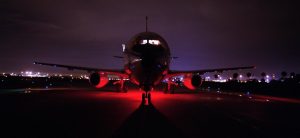 NASA’S 737, TEST-BED FOR THE CIVILIAN AIRLINER INDUSTRY!
NASA’S 737, TEST-BED FOR THE CIVILIAN AIRLINER INDUSTRY!
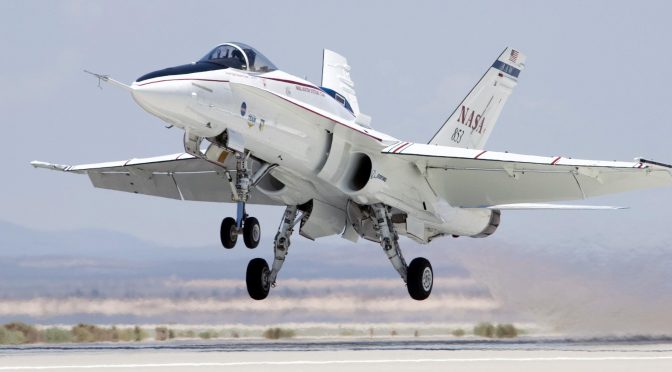
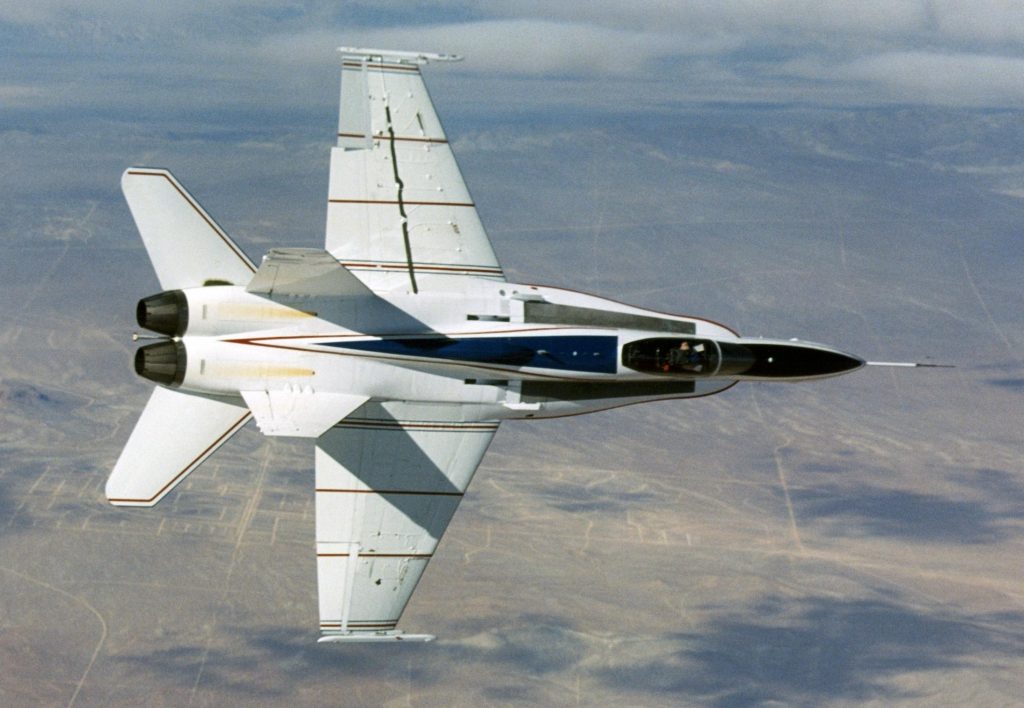
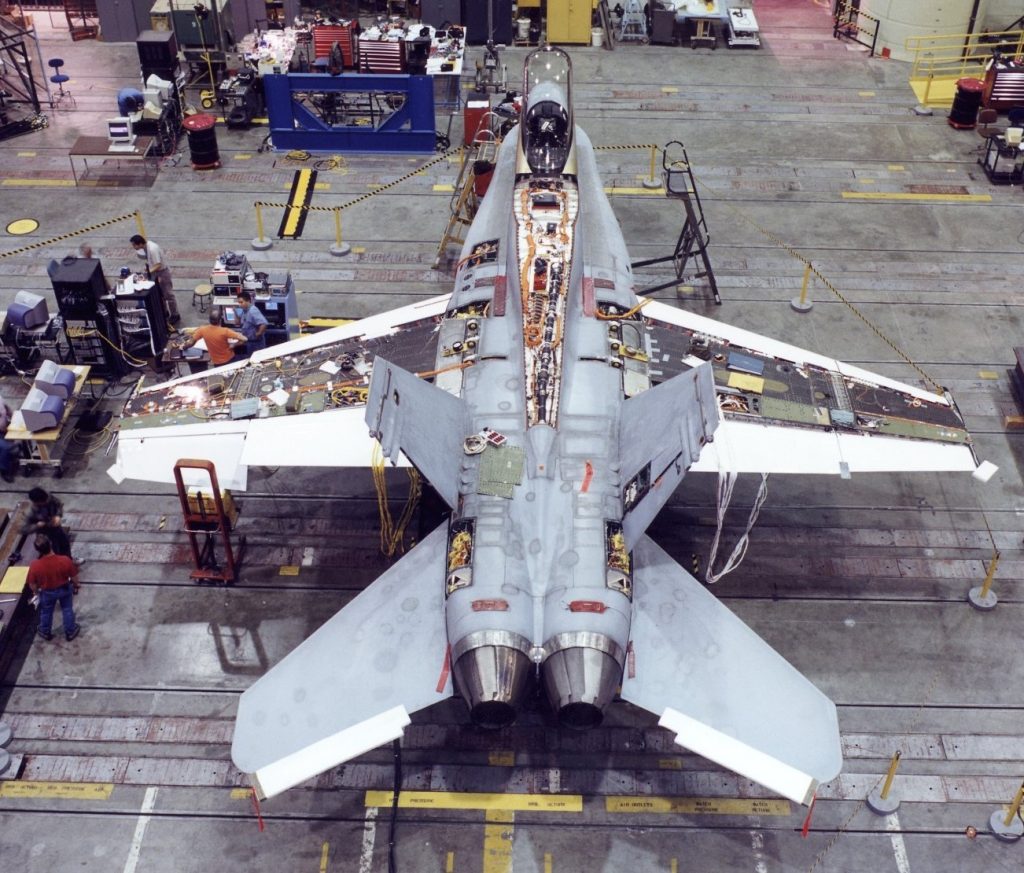
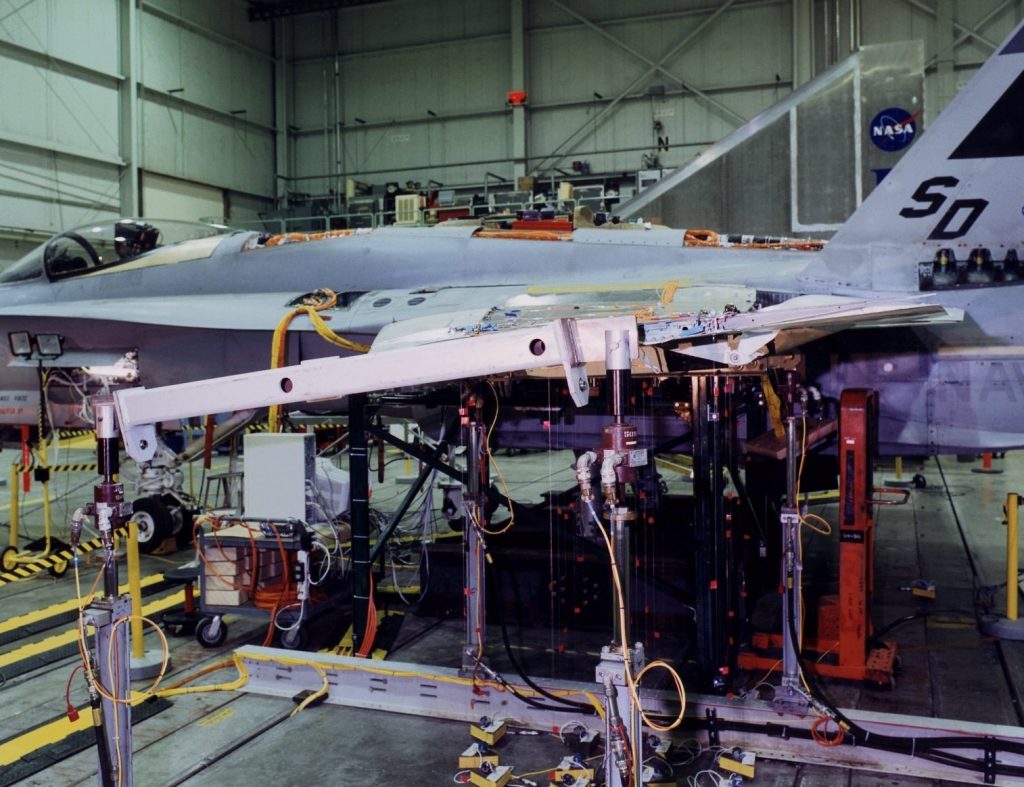
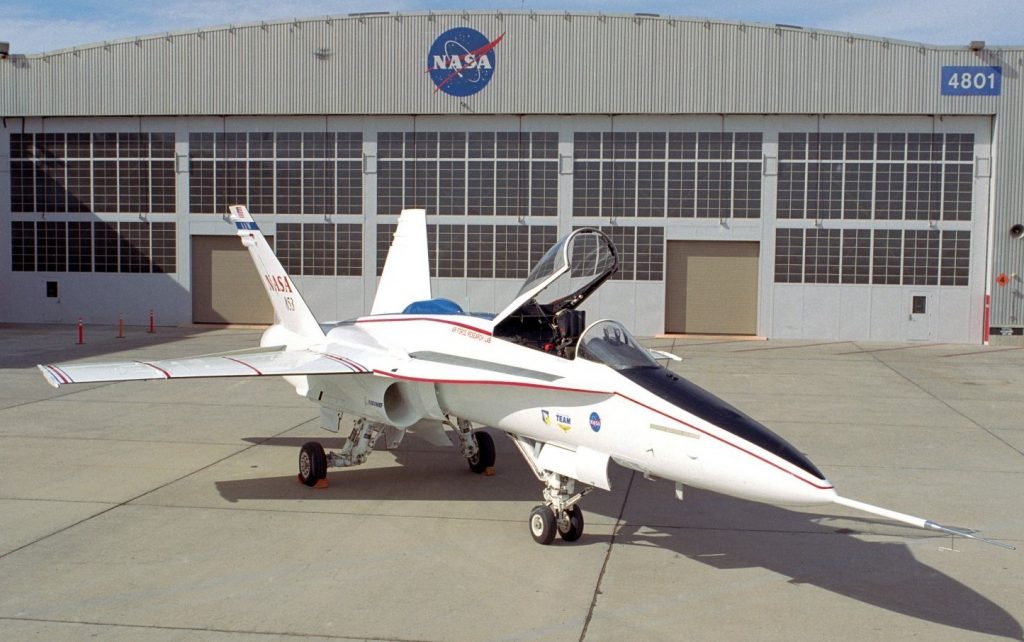
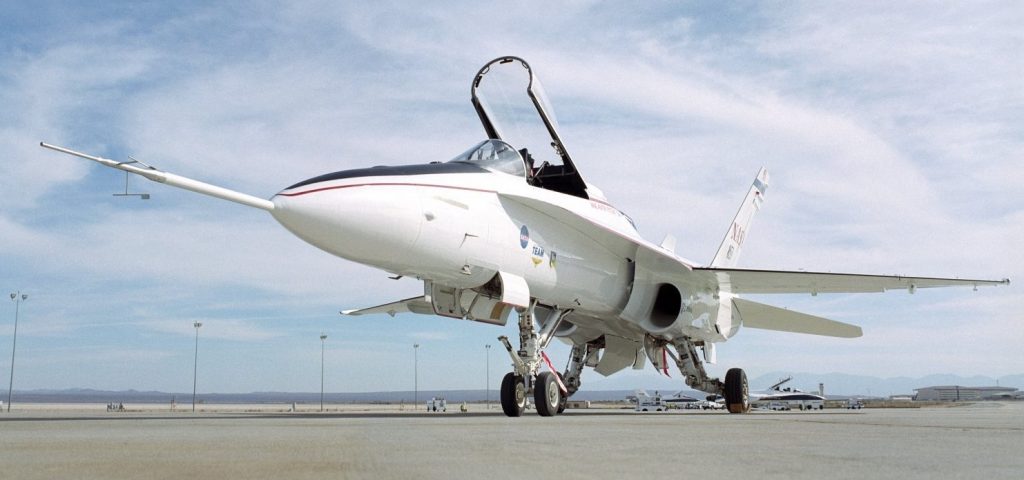
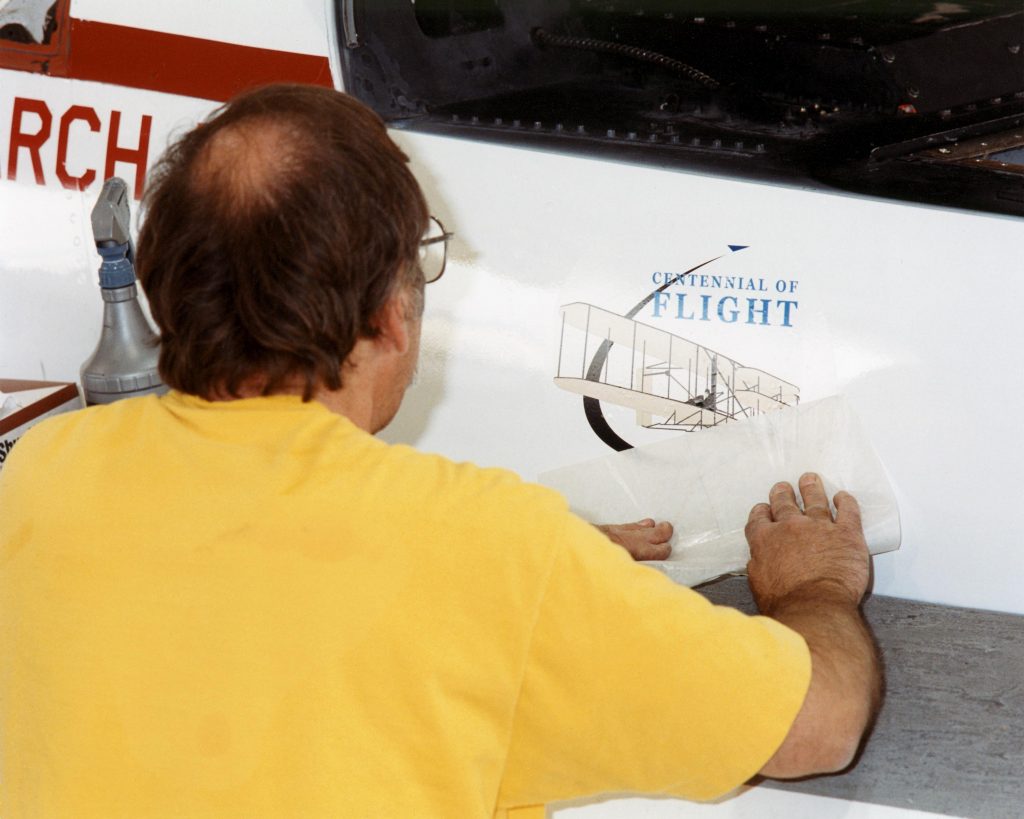
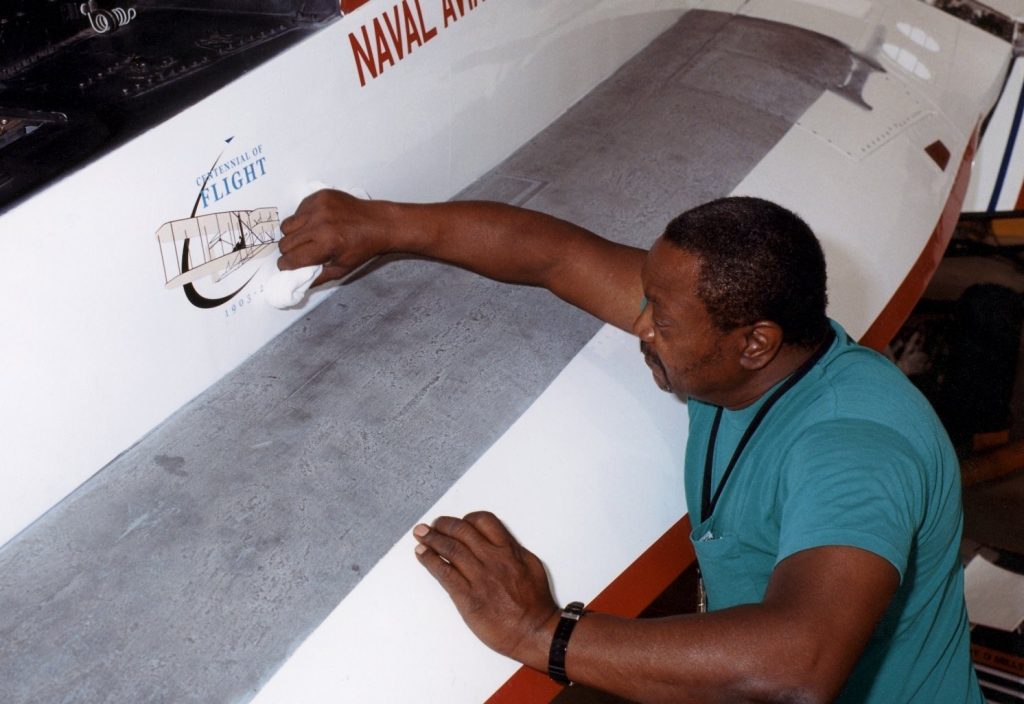
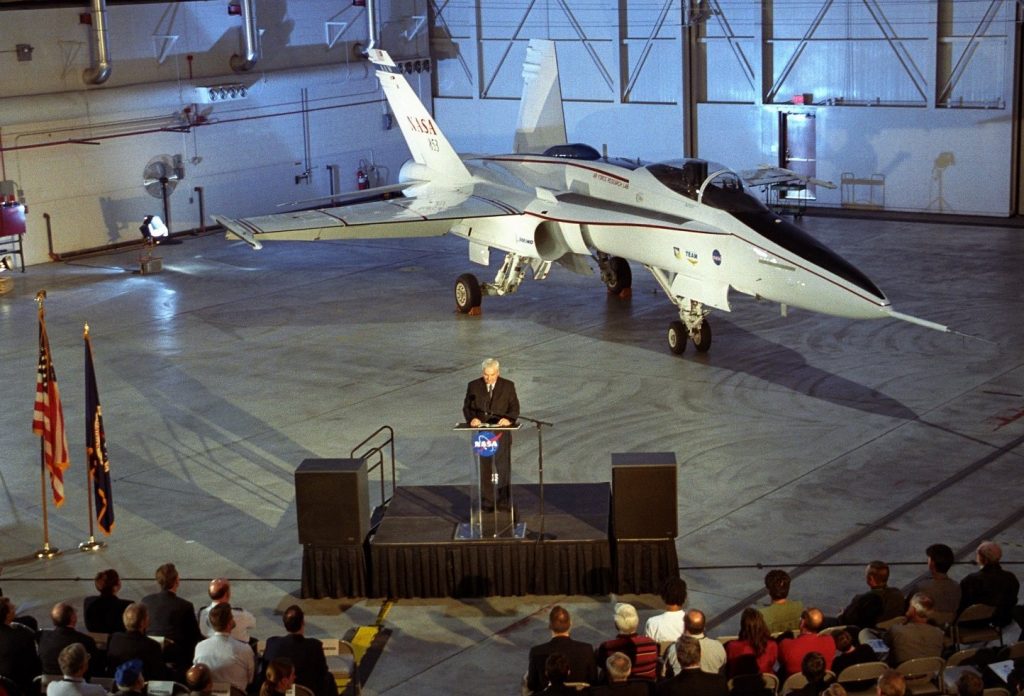
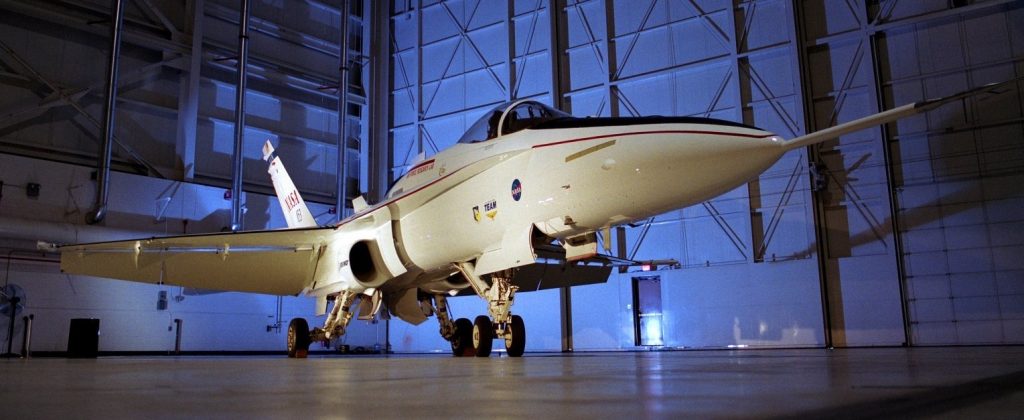
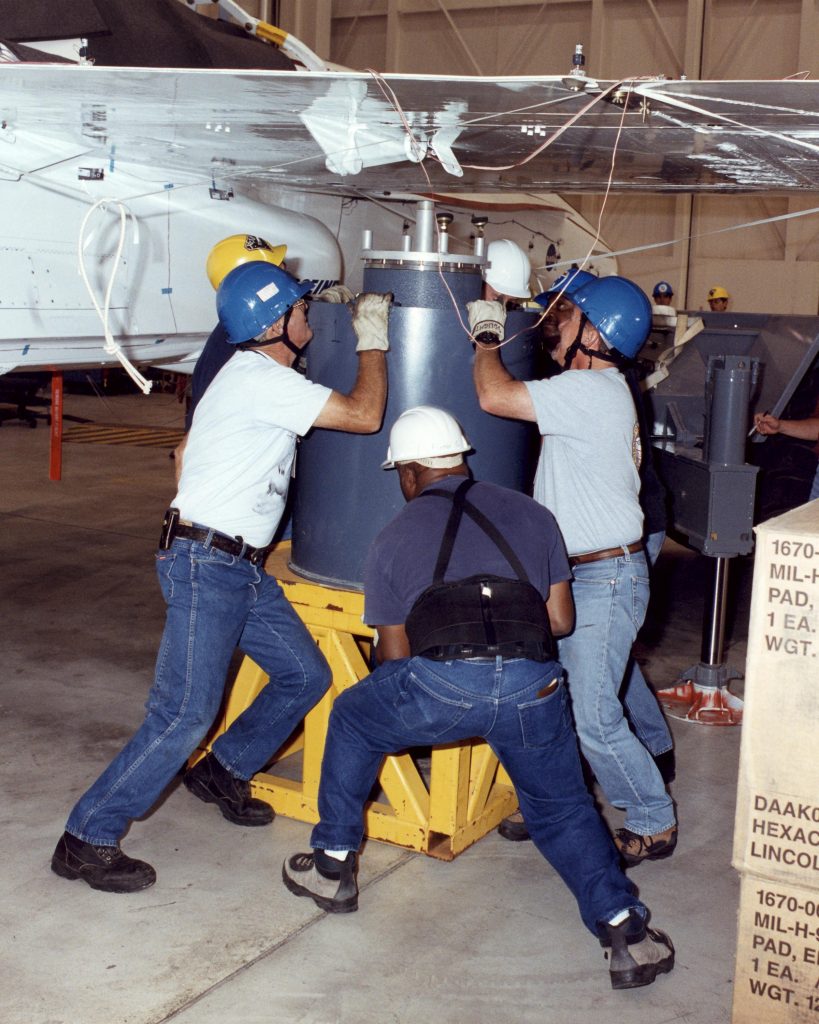
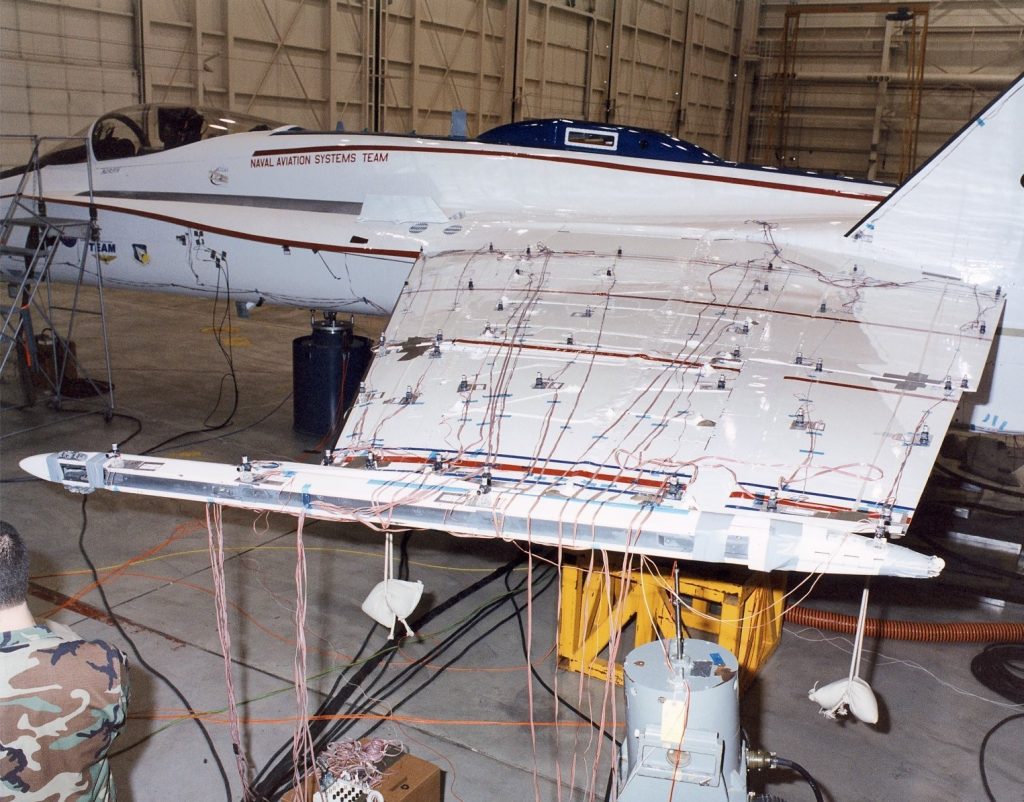
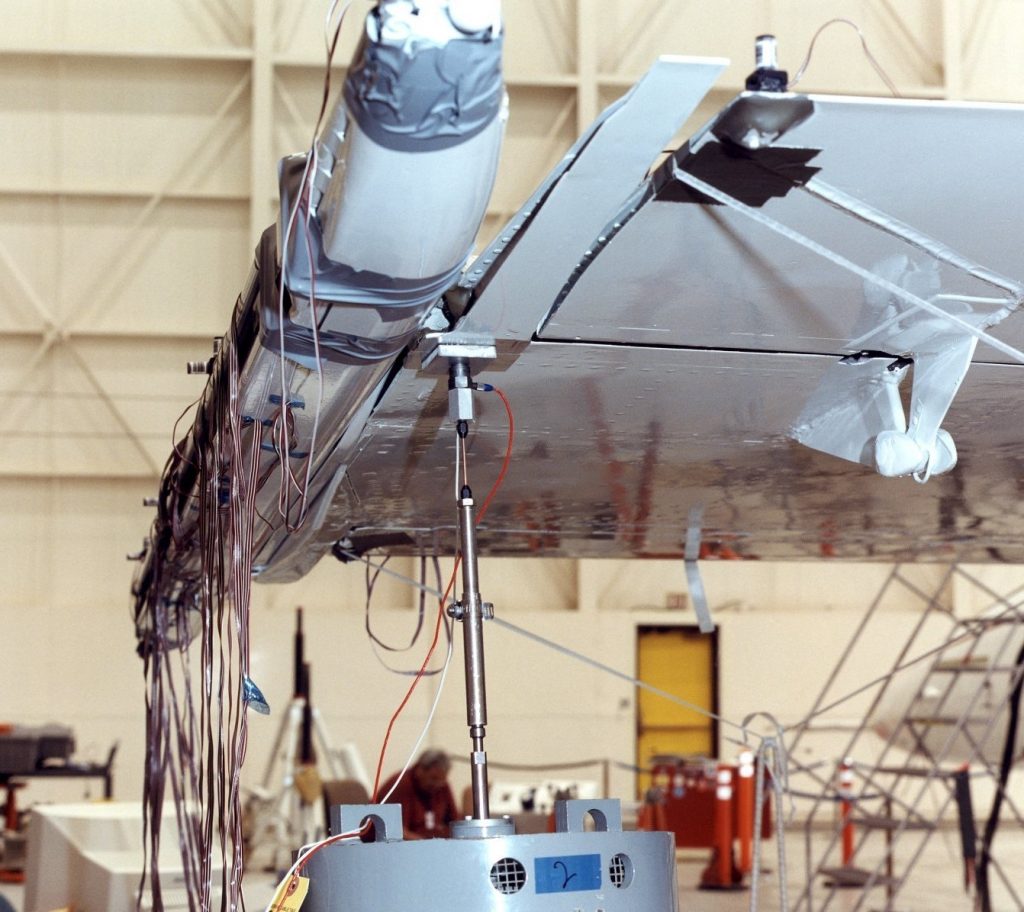
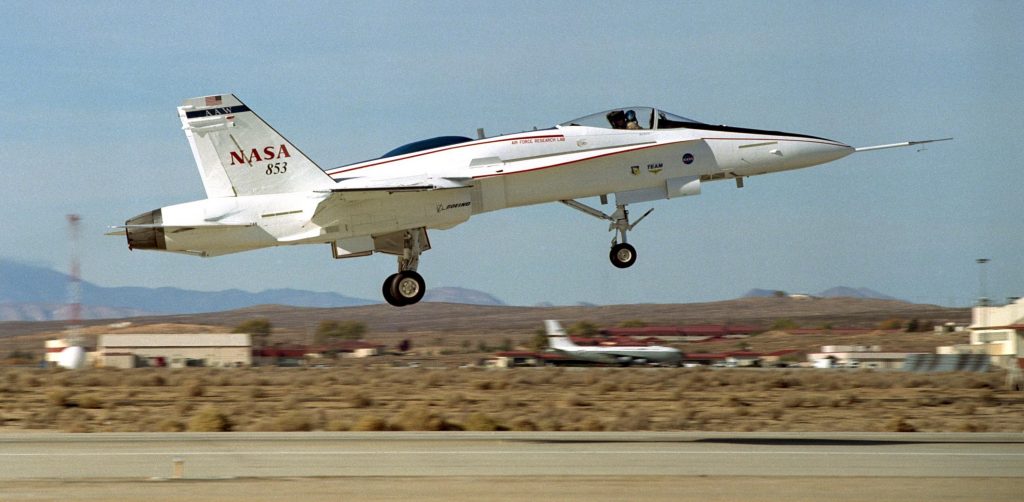
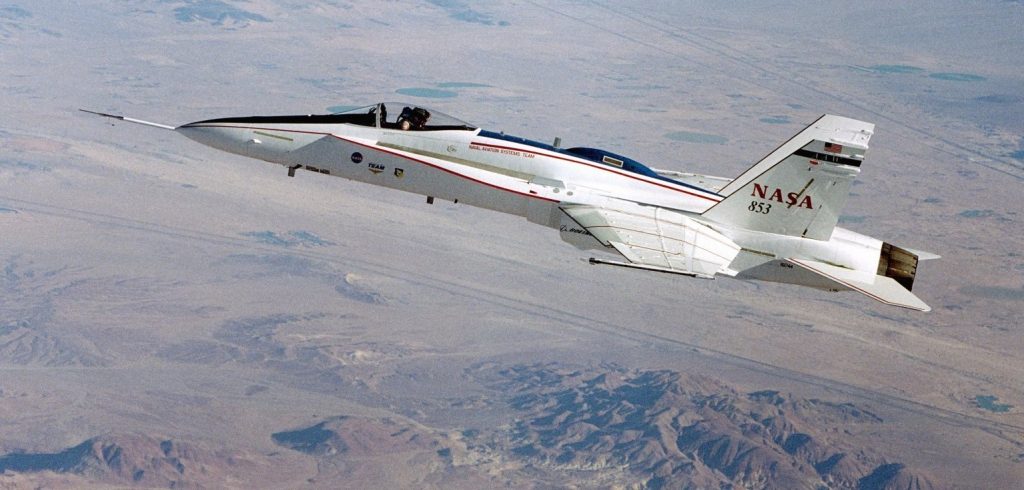
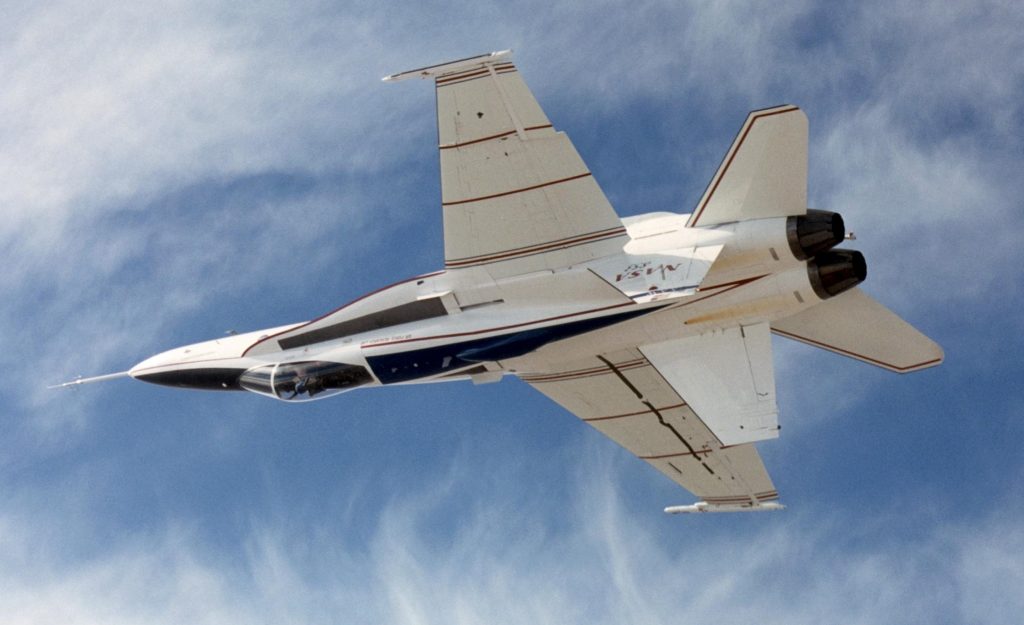
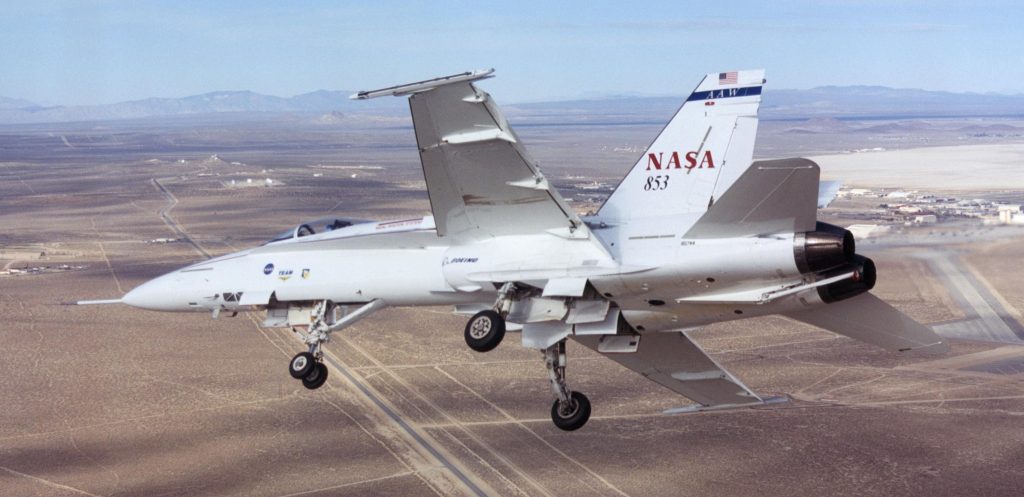
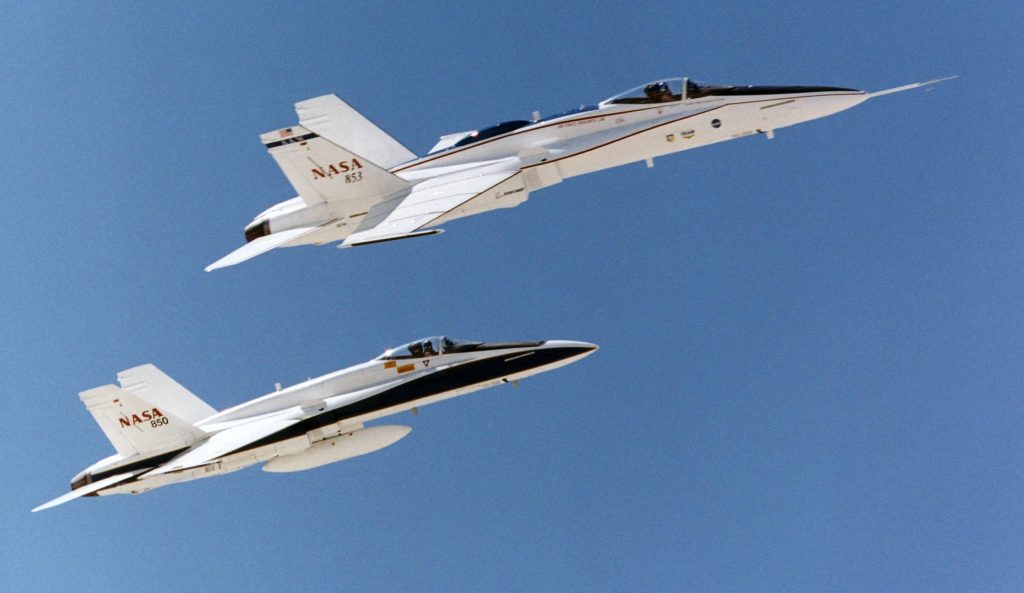
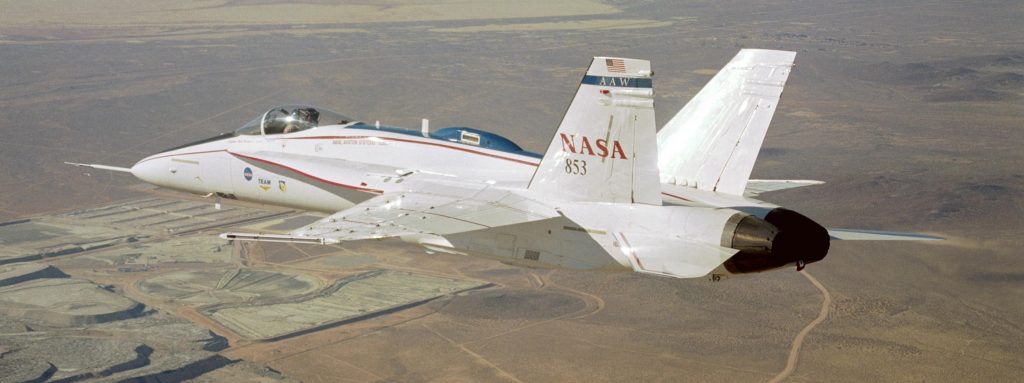
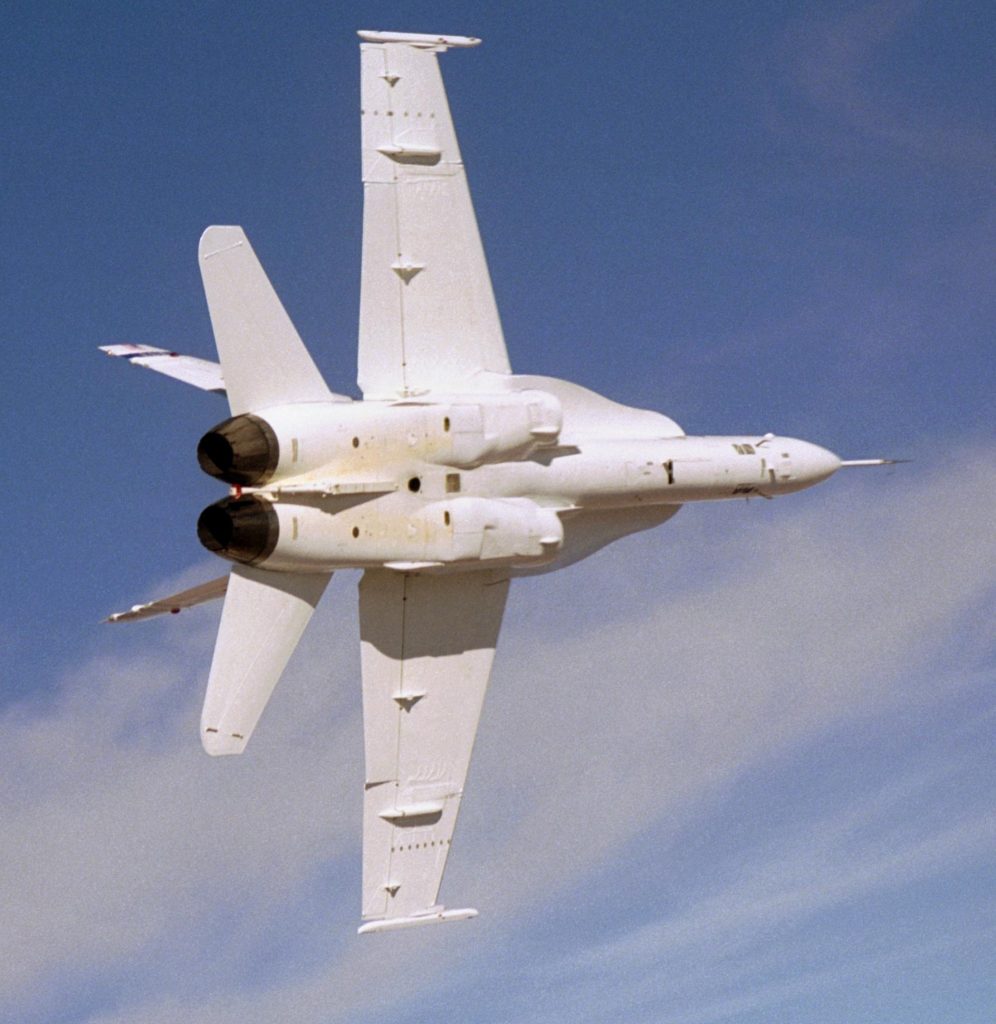
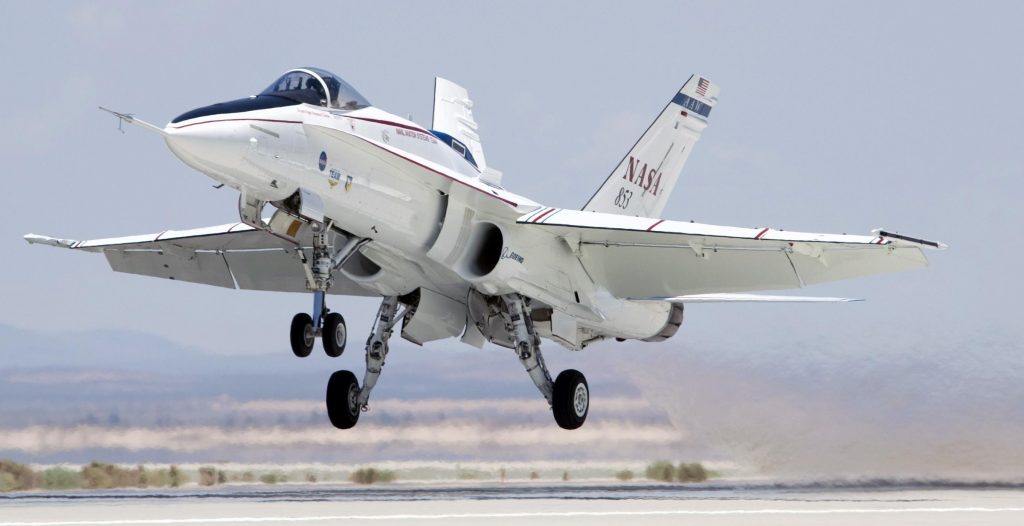
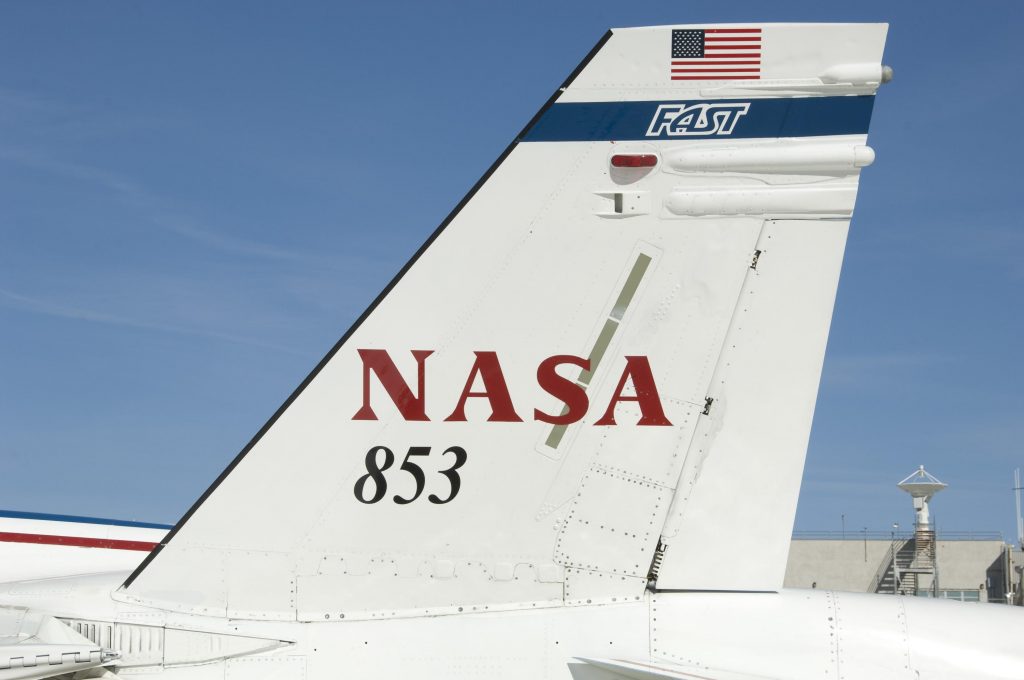
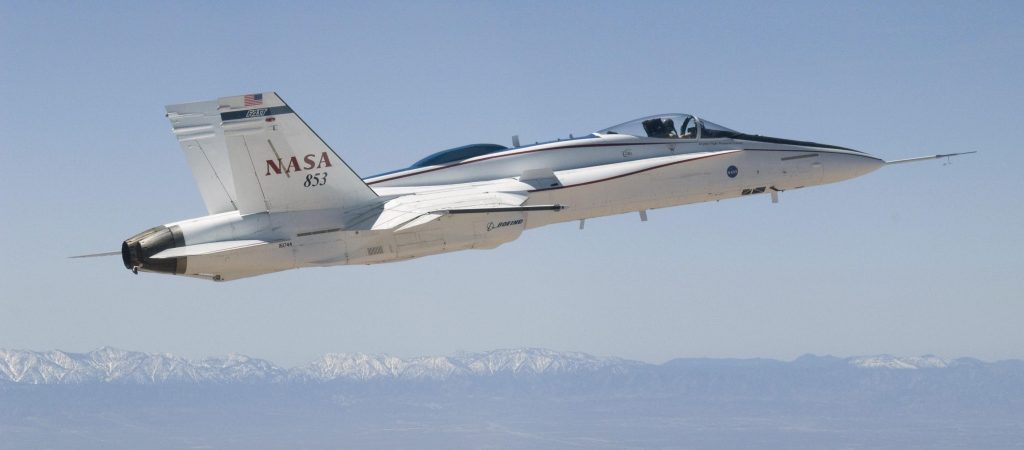
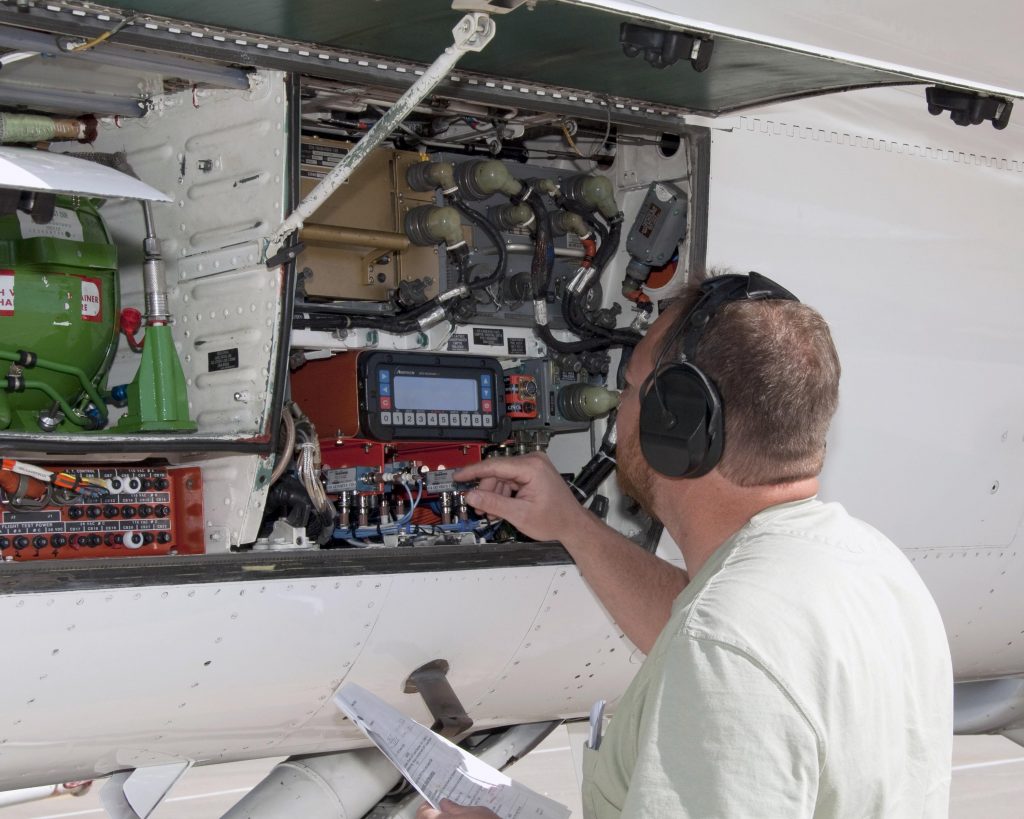

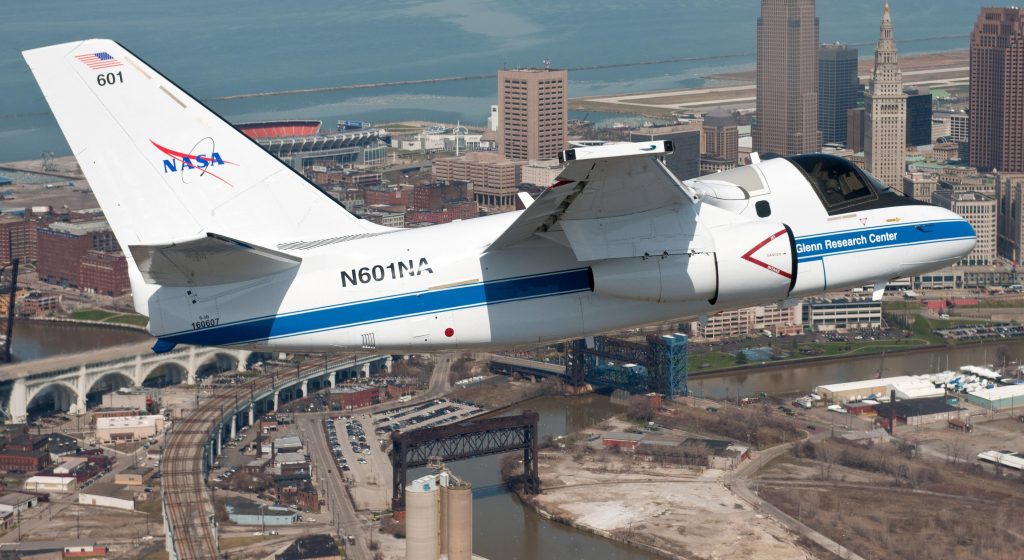
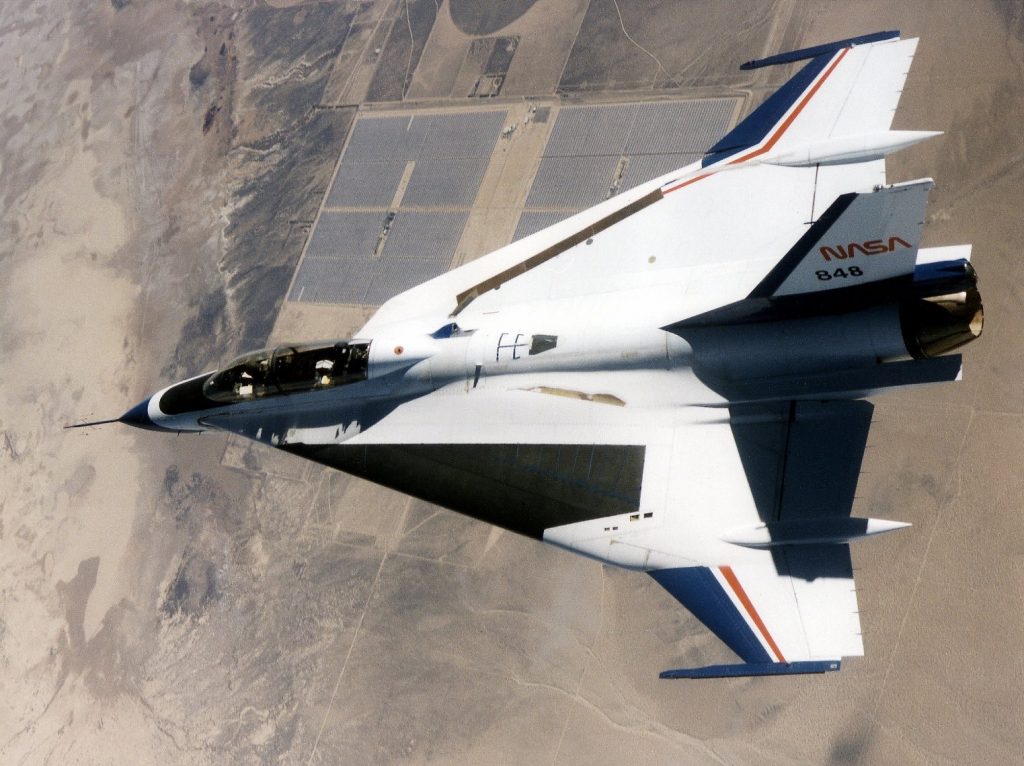
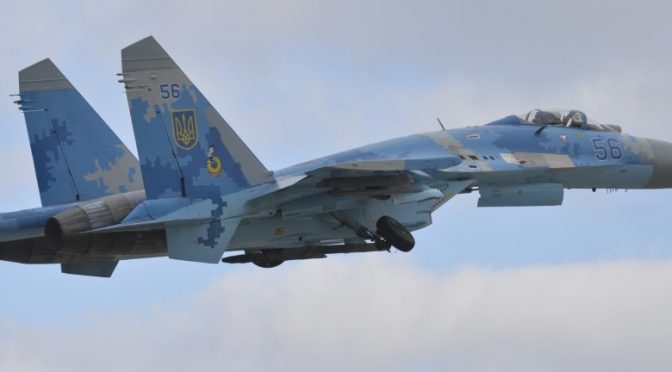
 Venezuelan Sukhoi 30 shadowing a U.S. Navy EP-3, July 2019.
Venezuelan Sukhoi 30 shadowing a U.S. Navy EP-3, July 2019. Ukrainian Su-27/30, Starokostiantyniv Air Base during NATO wargame Clear Sky 2018.
Ukrainian Su-27/30, Starokostiantyniv Air Base during NATO wargame Clear Sky 2018.
 F-15 Eagle taxis past Sukhoi 27s.
F-15 Eagle taxis past Sukhoi 27s.


 Su-30, the main difference between the Su-27UB and Su-30 is that the Su-30 is a fully combat capable multi-role aircraft, while the Su-27UB is a trainer.
Su-30, the main difference between the Su-27UB and Su-30 is that the Su-30 is a fully combat capable multi-role aircraft, while the Su-27UB is a trainer. The Su-30 is slightly longer and taller than the Su-27UB, and can also be equipped with canards and thrust vectoring afterburners.
The Su-30 is slightly longer and taller than the Su-27UB, and can also be equipped with canards and thrust vectoring afterburners. Su-27 v B-52H, Baltic Sea, June 2017.
Su-27 v B-52H, Baltic Sea, June 2017. Su-27 v B-1B, Baltic Sea, June 2017.
Su-27 v B-1B, Baltic Sea, June 2017. Su-27 v RC-135U, Baltic Sea, June 2017.
Su-27 v RC-135U, Baltic Sea, June 2017.
 Indian Su-30MKI on Eielson Air Force Base, Alaska, May 2016. Good size comparison with the much smaller F-16.
Indian Su-30MKI on Eielson Air Force Base, Alaska, May 2016. Good size comparison with the much smaller F-16. Malaysian Su-30MKM, Singapore International Airshow, 21FEB2016.
Malaysian Su-30MKM, Singapore International Airshow, 21FEB2016. Russian Su-27 takes part in U.S. Vigilant Eagle-13, over Alaska, August 2013.
Russian Su-27 takes part in U.S. Vigilant Eagle-13, over Alaska, August 2013.

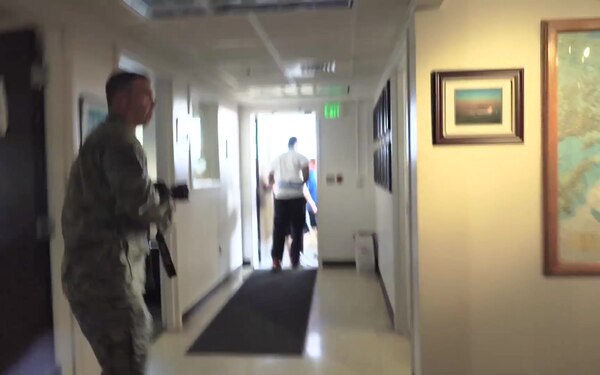
 Su-27, Canadian F-18 (CF-18) and an Ilyushin 62 over Cold Lake, Canada, August 2013. The Il-62 played the role of hi-jacked airliner, while the Su-27s and CF-18s played escorts.
Su-27, Canadian F-18 (CF-18) and an Ilyushin 62 over Cold Lake, Canada, August 2013. The Il-62 played the role of hi-jacked airliner, while the Su-27s and CF-18s played escorts.
 Malaysian Su-30 fly with F/A-18E, South China Sea, October 2012.
Malaysian Su-30 fly with F/A-18E, South China Sea, October 2012.


